
As a responsible adult, you likely already know that cleaning your dryer lint trap is an important step to maintaining a safe and efficient home. But do you know how to really dive deep into getting that lint out? A full lint trap cannot only make your clothes take longer to dry and shorten the lifespan of your dryer but is also a fire hazard.
Cleaning your dryer lint trap is simple, but it’s often forgotten as people focus their cleaning efforts on other areas of the home.
Let’s go through the steps you need to take to keep your dryer and your home safe from the potential fire hazards often caused by neglecting this task.
Find the Lint Trap
Firstly, the lint trap is usually situated in the opening of the dryer door. Often it looks like a mesh screen attached to the inside of the door. Just open your dryer door and look around the frame—that’s typically where it’s located.
But remember, every dryer model is different. Some may have the lint trap designed as a pull-out slide located at the top or even the back of the machine. If you’re unsure, refer to your dryer’s user manual. And if you don’t have the manual handy, you can usually find it online by searching for your dryer’s model number.
Once you’ve found the lint trap, it’s time to clean it. Start by gently removing the lint screen from its housing.
Then peel off any large clumps of lint and throw them into the trash. Be sure not to put it down a sink or toilet, as it could cause blockages.
For smaller lint pieces, consider using a soft brush or vacuum cleaner with a hose nozzle attachment.
Once you’ve gotten rid of all visible lint, give the lint screen a good rinse under warm running water to remove any remaining lint particles or fabric softener residue.
Finally, let the lint screen air-dry completely before putting it back into the dryer. Using the dryer with a wet lint screen could potentially damage the appliance.
Remember, cleaning your lint trap regularly is crucial. It not only helps your dryer run more efficiently but also prevents potential fire hazards.
Clean the Lint Trap Housing
Locate the lint trap housing: The housing is where the lint screen sits when it’s in the dryer. It’s typically a narrow slot inside the door frame, but it could be elsewhere on your machine.
Start by removing any large clumps of lint you can reach with your fingers. Be sure to throw this lint away in the trash.
Next, use your small brush to gently scrub the inside of the lint trap housing. Pay particular attention to corners, crevices, and nooks where lint tends to accumulate.
After loosening the lint with your brush, use your vacuum cleaner’s hose attachment to suck up any remaining lint. Make sure the vacuum’s suction isn’t too strong, as this could potentially damage the housing.
Once you’ve vacuumed out the lint, do a quick visual check to ensure you’ve gotten everything. If there’s still visible lint, repeat the brushing and vacuuming process until it’s all gone.
Don’t Neglect the Ductwork
Finally, it’s also in your home’s best interest to make sure the exhaust hose and ductwork are lint-free and in good condition.
The frequency with which you should clean your dryer’s ductwork depends on how often you use your dryer. As a general rule of thumb, aim to clean it at least twice a year. If you use your dryer frequently, you may need to clean it more often.
Before you start cleaning, safety comes first! Unplug the dryer from its power source. If your dryer runs on gas, be sure to turn off the gas valve as well.
Pull your dryer away from the wall. The duct is typically a silver tube extending from the back of your dryer to an outlet in the wall. Using a screwdriver or pliers, loosen the screws that connect the duct to the dryer and the wall outlet, then gently pull the duct off.
Use a brush with a long handle (a dryer duct cleaning brush works best) to remove lint buildup inside the duct. You can find a duct brush in a dryer vent cleaning kit, usually found in any hardware store.
Insert the brush into the duct, then gently push it in and out to clean the inside walls of the duct.
After brushing, use a vacuum cleaner with a long hose attachment to remove any remaining lint. Be sure to vacuum both ends of the duct.
Inspect the duct for any visible signs of wear or damage. If you see any holes, tears, or weak spots, it might be time to replace your duct.
You may also want to take this opportunity to clean the outlet slot in the wall that leads to the outside. Lint and dust can accumulate there over time, and these areas are often neglected when cleaning dryer ductwork.
Once the duct is clean and dry, reattach it to the dryer and the wall outlet, tightening the screws to secure it. Plug the dryer back in (or turn the gas valve back on), and push the dryer back into place.
Final Thoughts
A lint-free filter means a dryer with minimal maintenance problems and an efficiently working machine. Clean your dryer’s lint filter regularly, and don’t forget to check the hose and ductwork for lint.
Now that you know how to clean a lint trap properly, you can prevent those unexpected accidental fires caused by excess lint buildup in the dryer’s vent pipe. Keeping a clean dryer is essential in any household, so make sure that you take this task seriously to ensure your and your dryer’s safety.
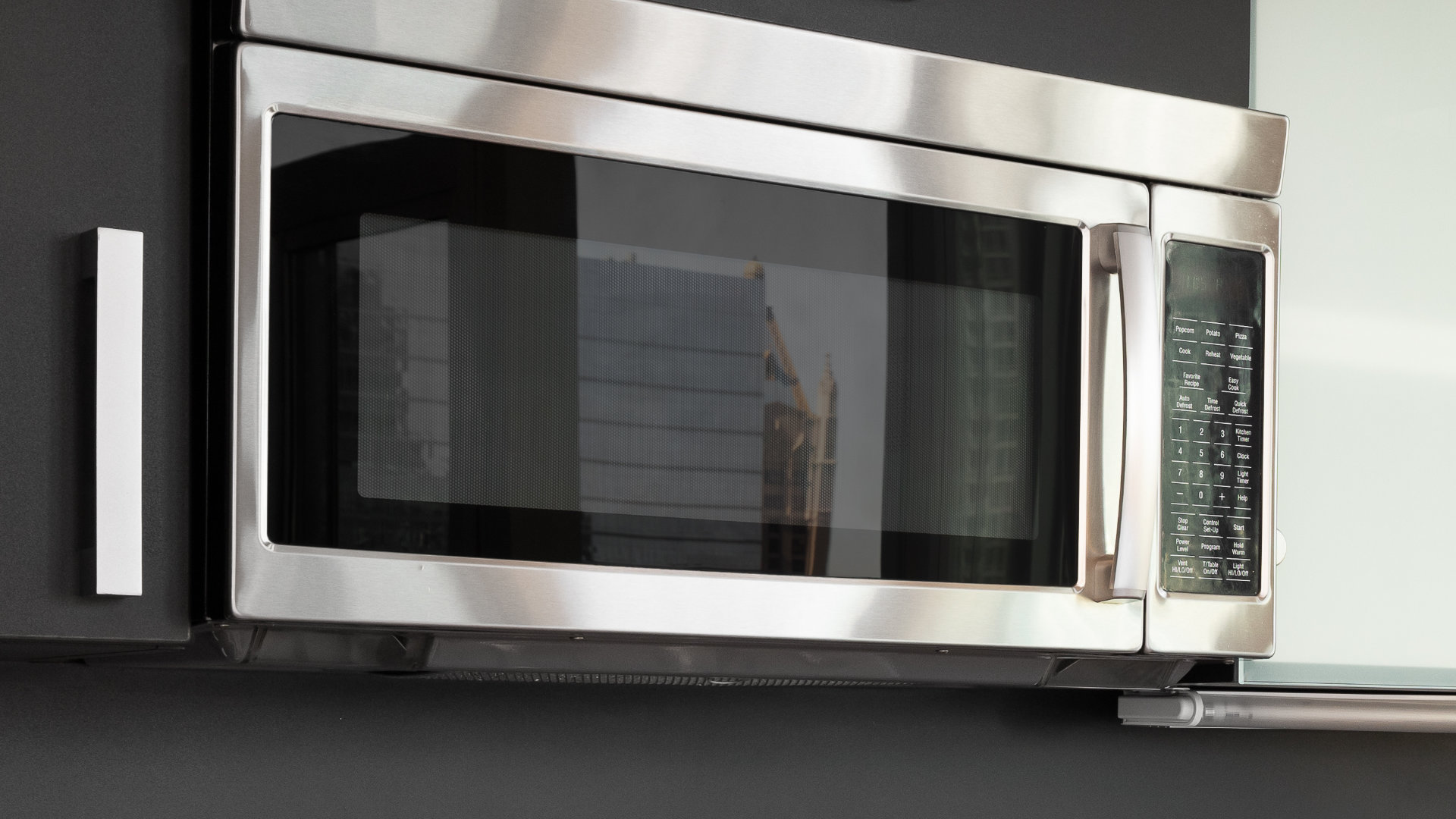
Your Guide to Whirlpool Microwave Replacement Parts
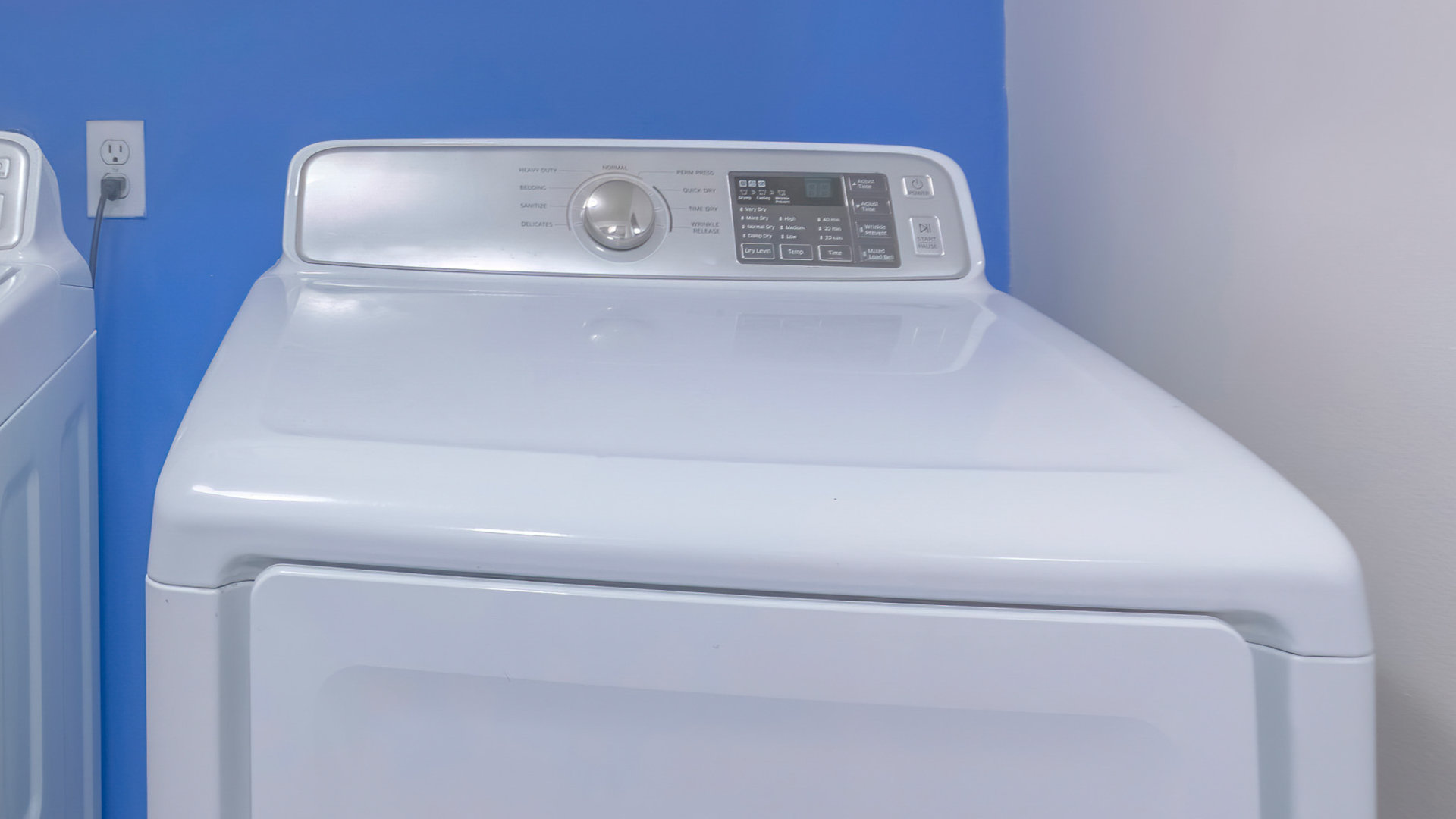
What to Do When Your Kenmore Dryer Won’t Start
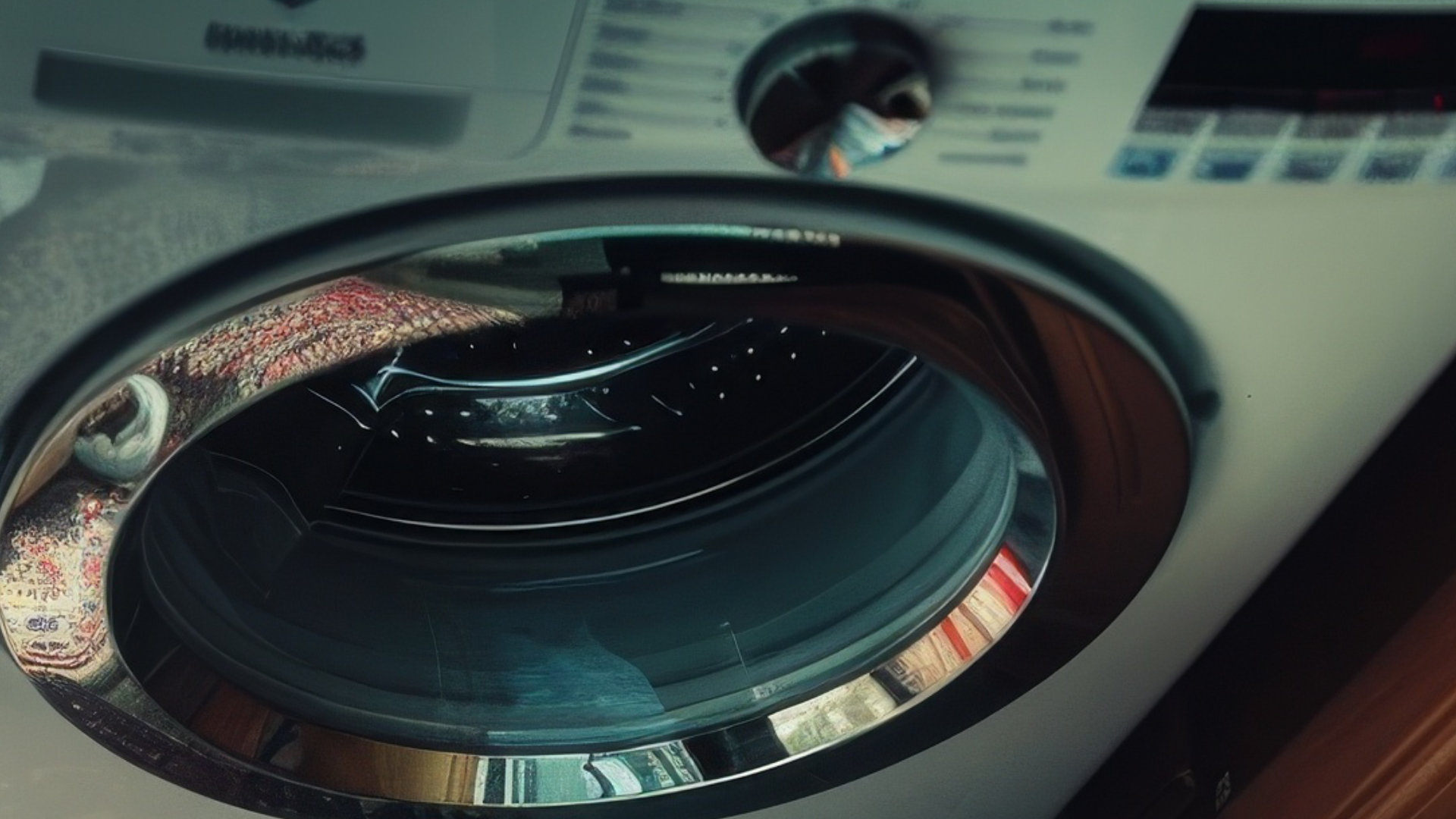
How to Resolve the LG Washer LE Error Code
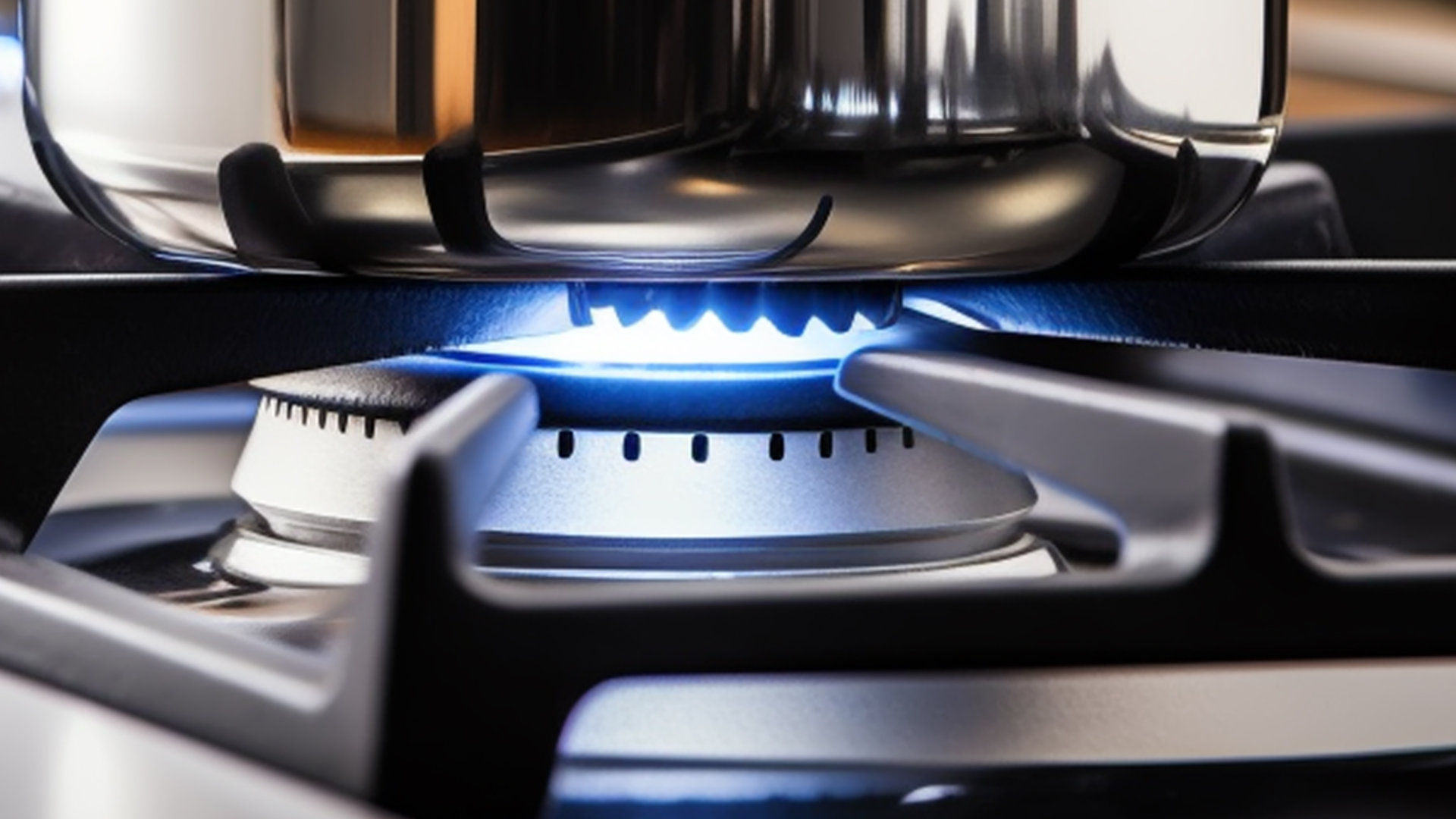
Why Does My Oven Smell Like Gas? Causes and What to Do
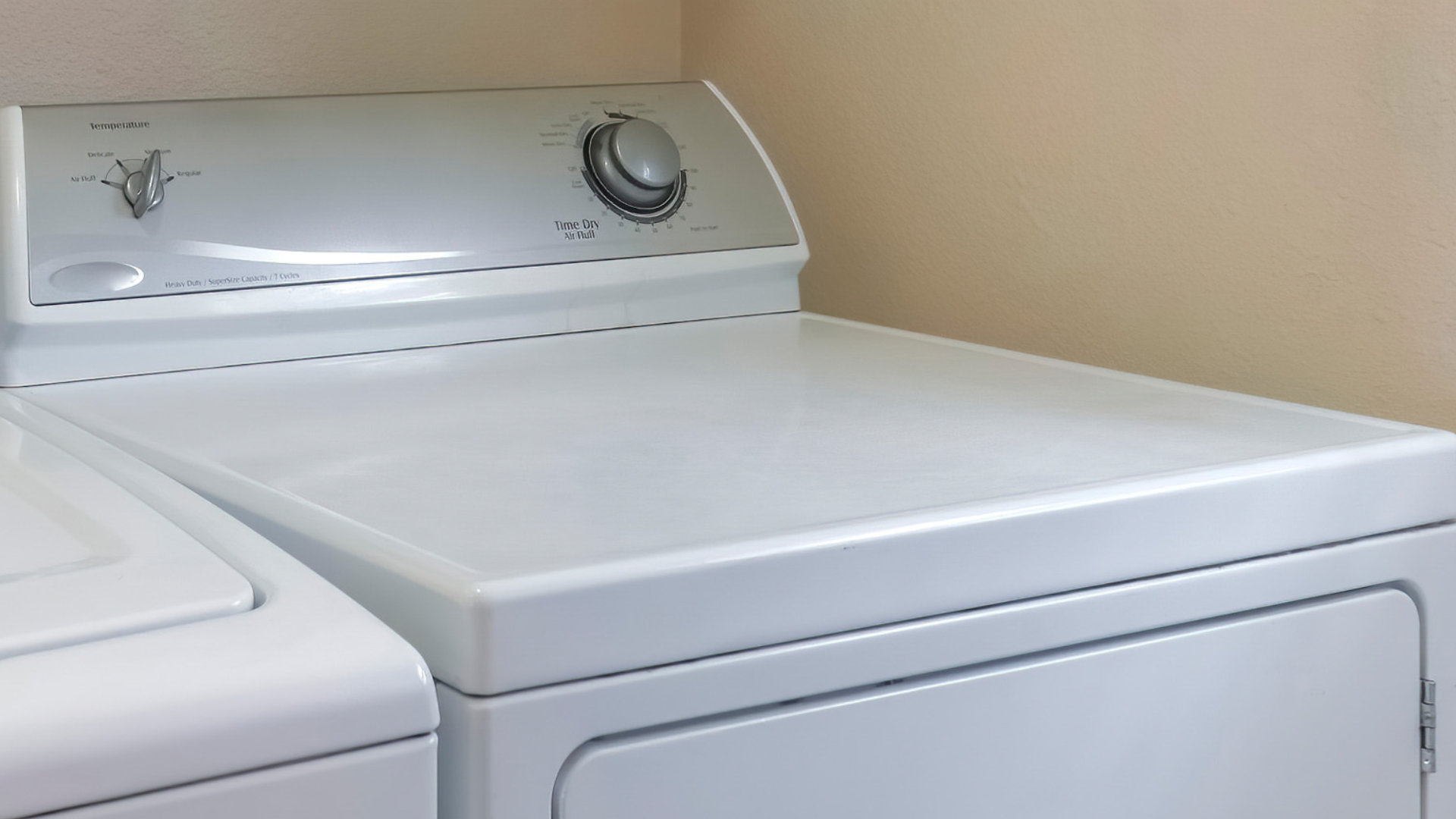
Maytag Dryer Not Heating? Here’s How to Fix It
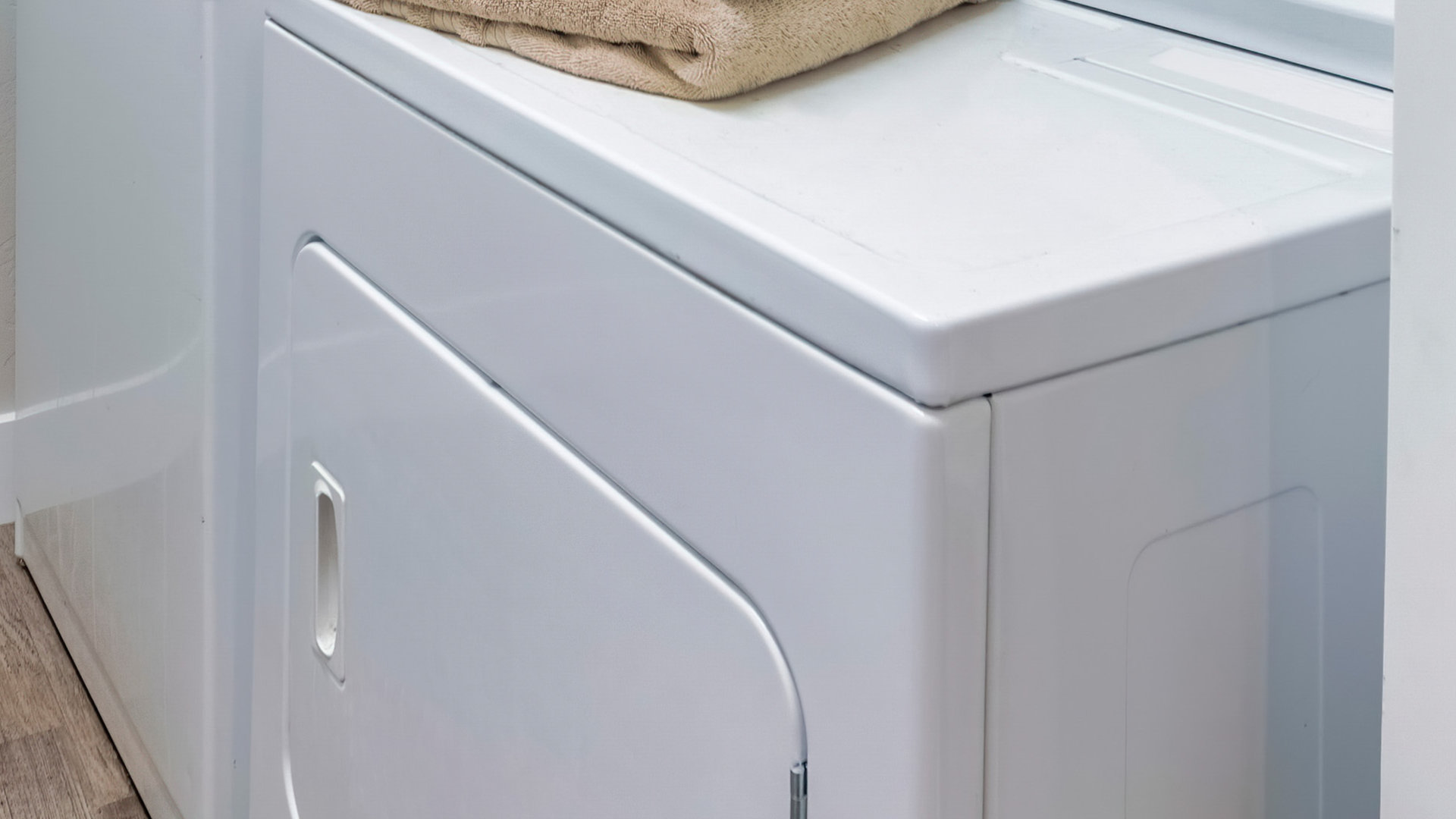
6 Common Reasons Your Speed Queen Dryer Isn’t Heating
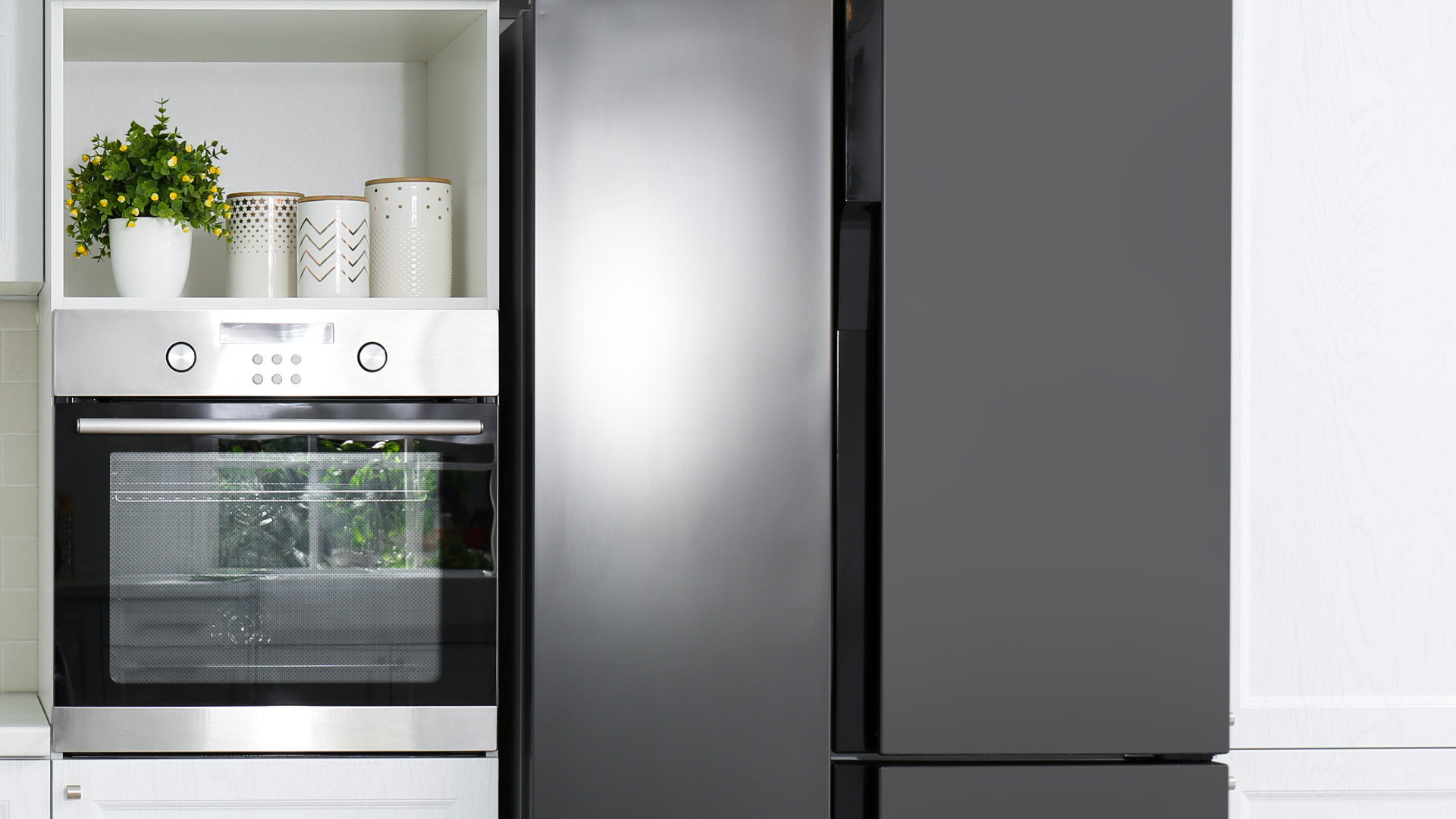
8 Reasons Your Samsung Refrigerator Is Not Cooling
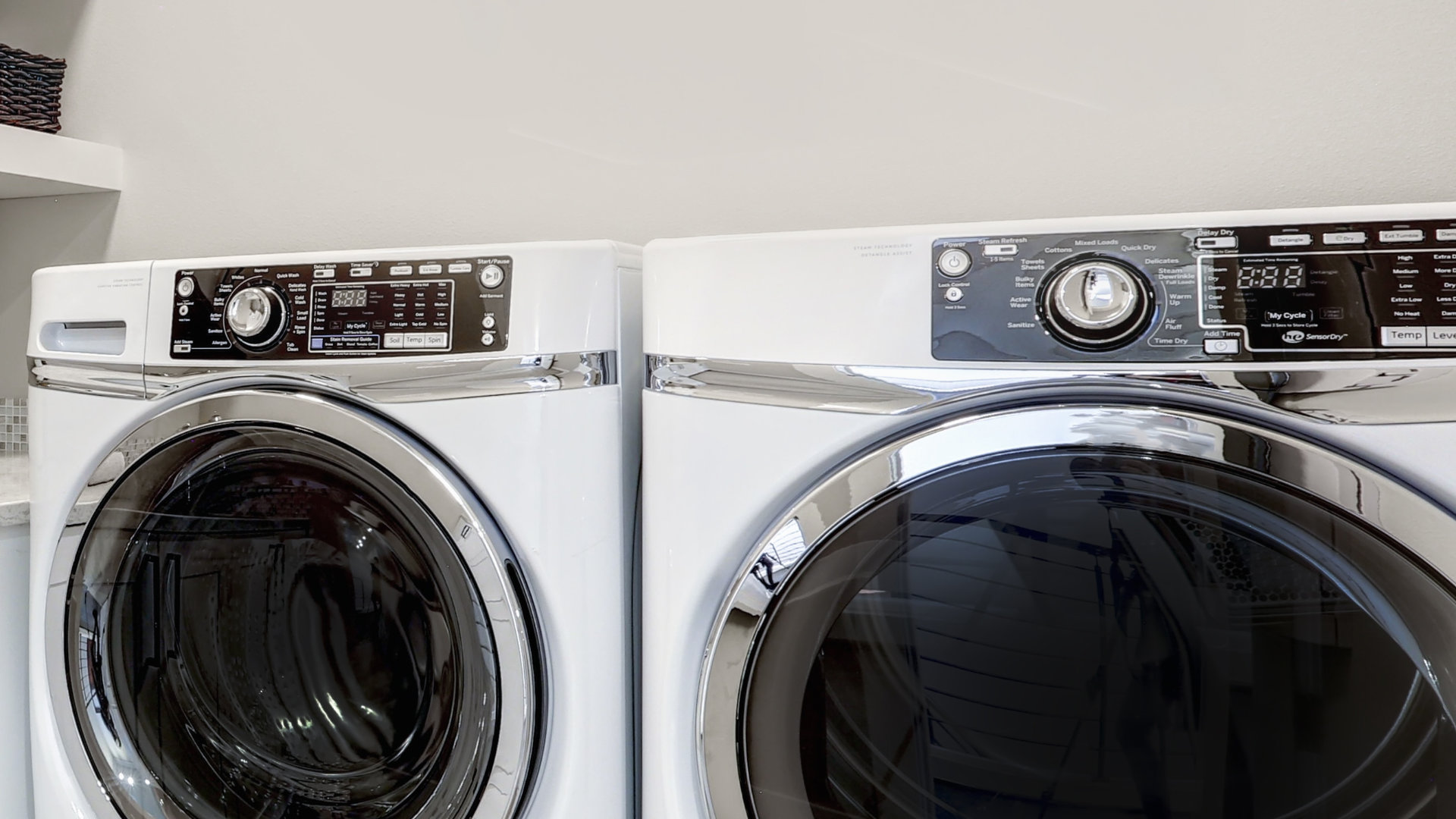
9 Most Reliable Washer and Dryer Brands
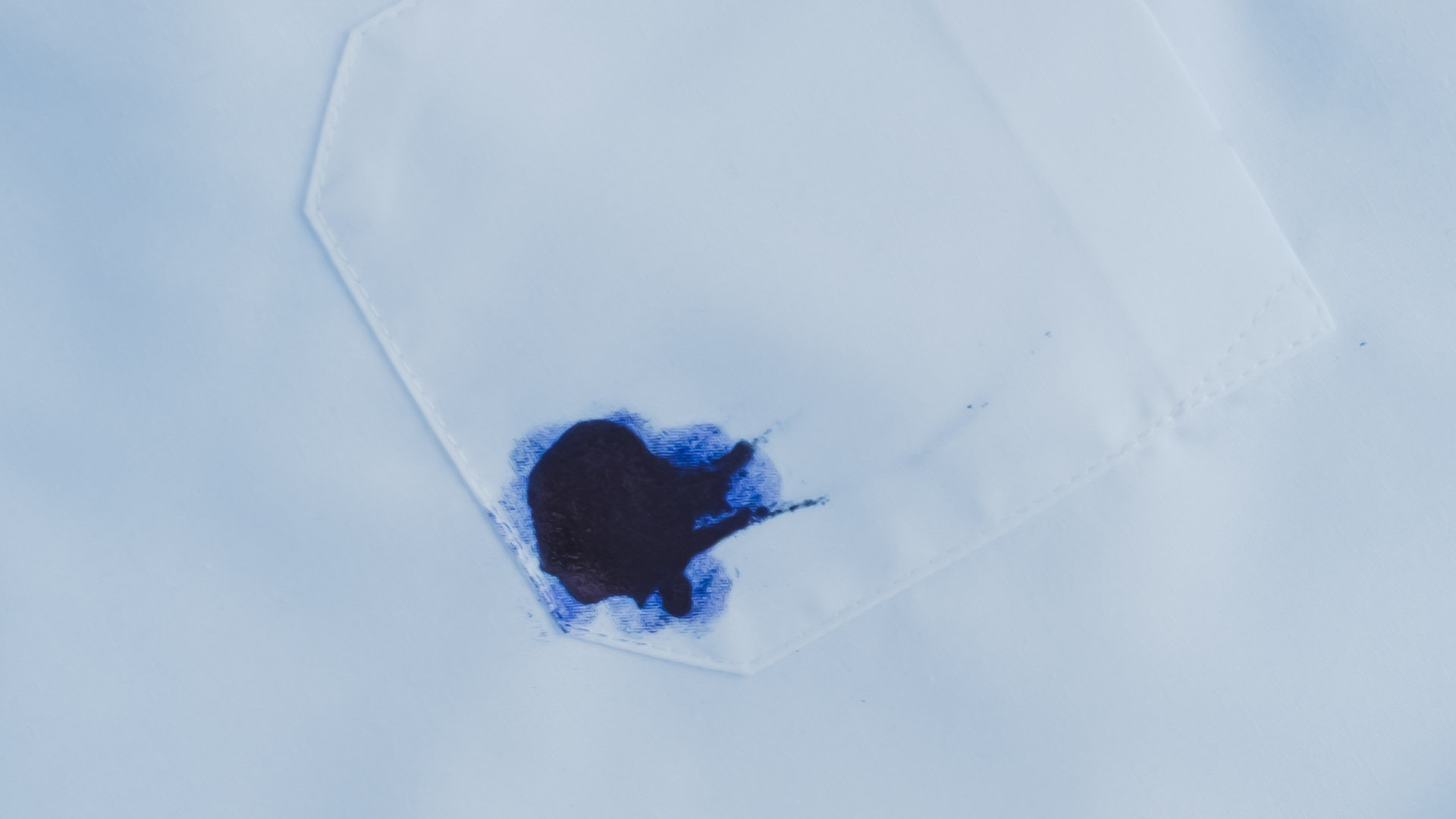
How to Get Ink out of Your Dryer the Easy Way

Why Is My Fridge Making Noise That Stops When the Door Is Open?

Frigidaire Refrigerator Error Code H1: Causes & Solutions
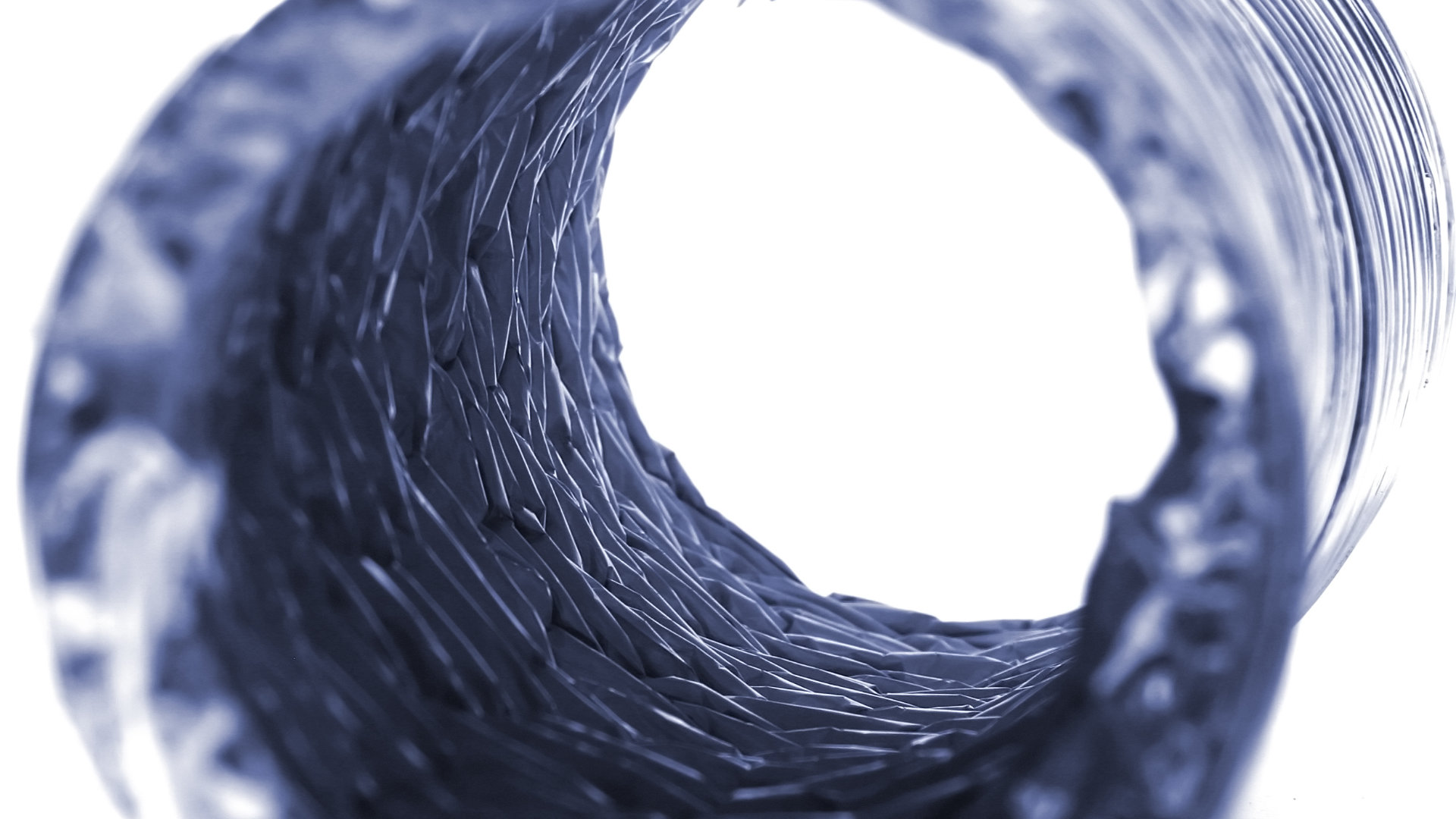
How to Clean a Dryer Vent Without Moving the Dryer
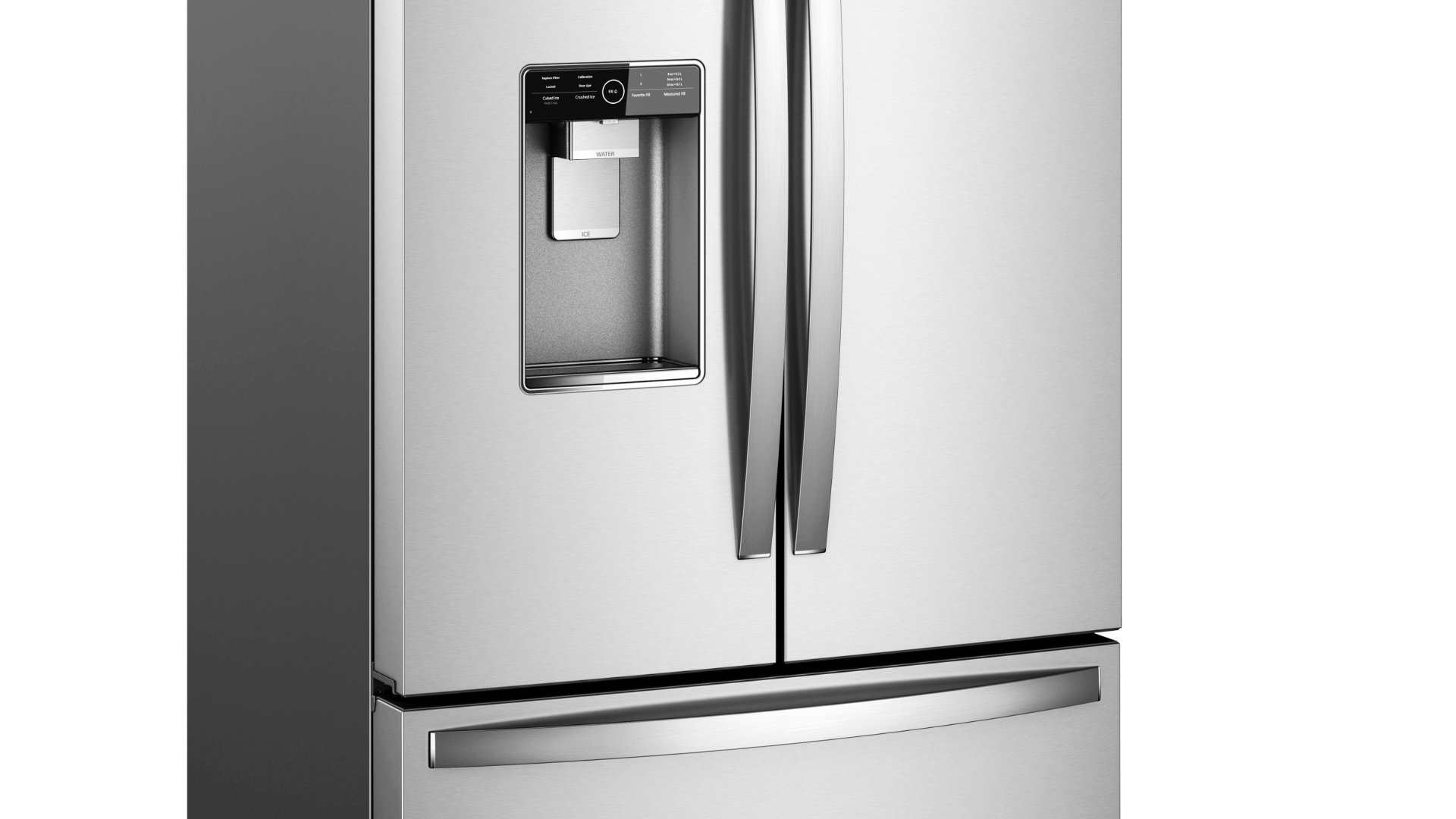
9 Reasons Your LG Refrigerator Isn’t Cooling
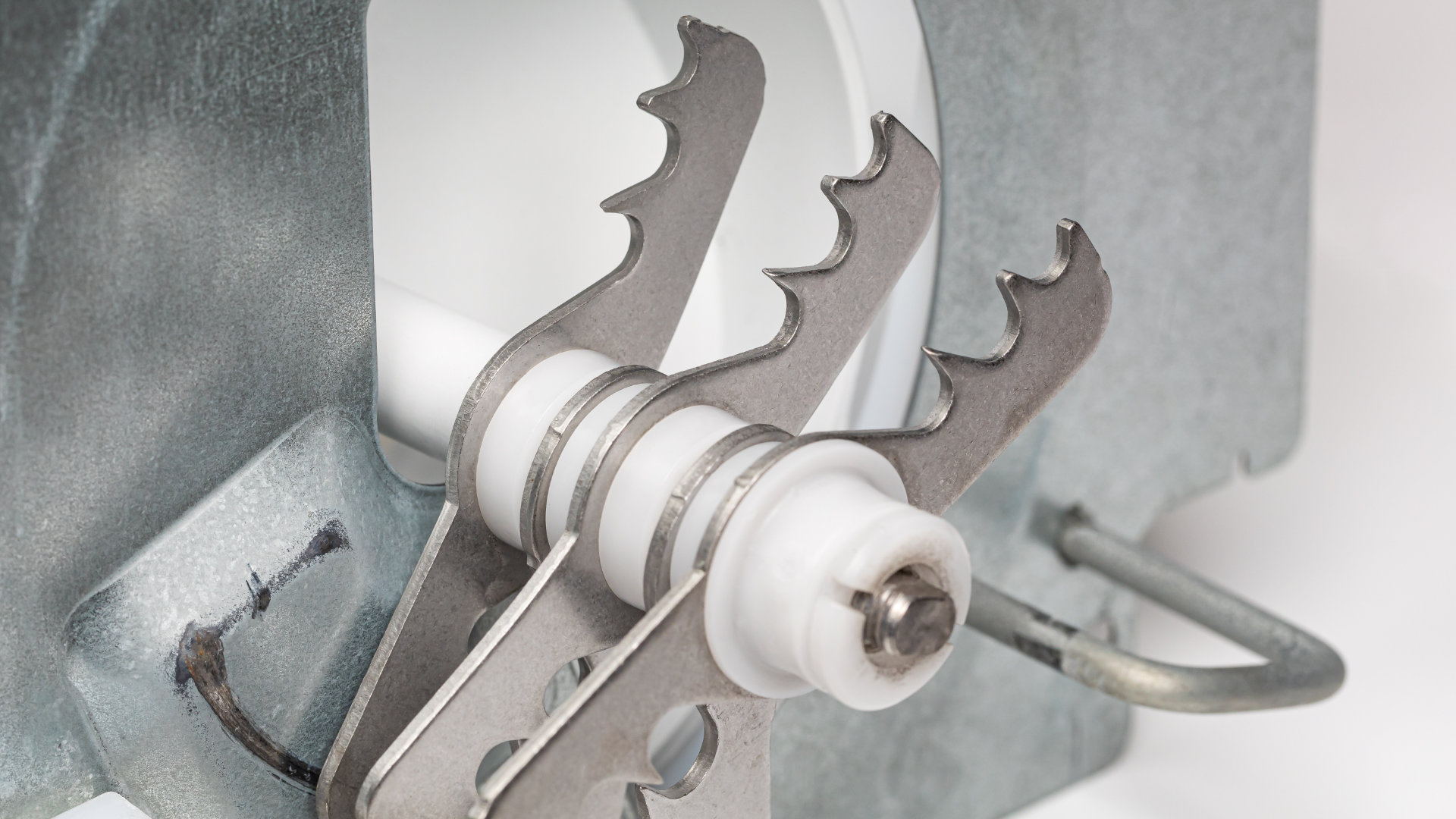
LG Refrigerator Not Making Ice? Here’s What To Do!


